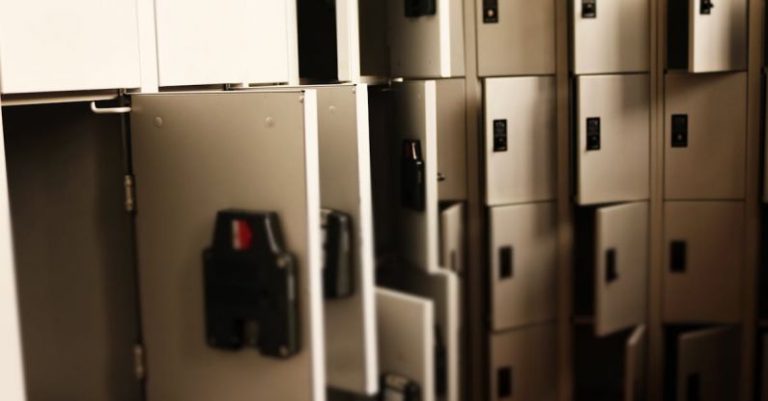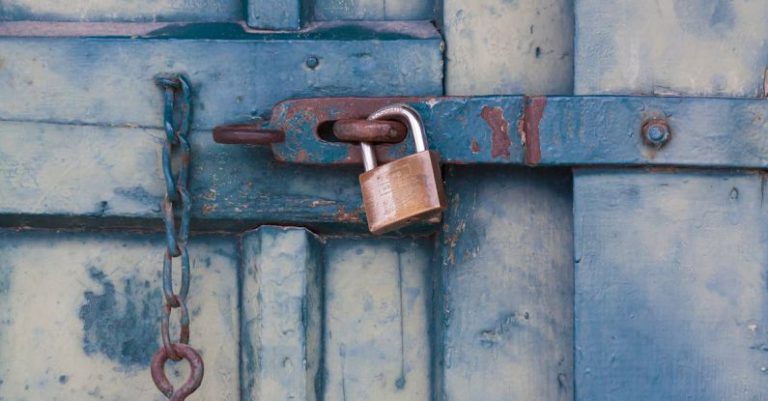How Secure Are Biometric Safes

In the realm of home security, biometric safes have gained popularity for their advanced technology and convenience. But the burning question remains: How secure are biometric safes? Let’s delve into this topic to uncover the facts and myths surrounding these innovative storage solutions.
Biometric Technology Overview:
Biometric safes utilize cutting-edge technology that scans and verifies unique biological traits, such as fingerprints, retinas, or facial features, to grant access. Unlike traditional safes that rely on keys or combinations, biometric safes offer a more secure and convenient method of authentication. The biometric data is stored in the safe’s memory and used to compare against the live scan to determine if access should be granted.
The Perceived Security:
One of the primary attractions of biometric safes is their perceived high level of security. The idea that only an individual’s unique biometric data can unlock the safe creates a sense of impenetrability. This notion has led many consumers to believe that biometric safes are the ultimate solution for safeguarding their valuables.
Potential Vulnerabilities:
While biometric safes offer enhanced security features, they are not without vulnerabilities. One of the main concerns is the possibility of false positives or false negatives during the biometric scanning process. Factors such as dirt, moisture, or minor injuries to the scanned body part can result in authentication failures. Additionally, sophisticated hackers have demonstrated the ability to bypass biometric security systems through methods like fingerprint duplication or spoofing.
Reliability and Accuracy:
The reliability and accuracy of biometric safes largely depend on the quality of the biometric sensors and algorithms used. High-quality sensors can capture detailed biometric data with precision, reducing the chances of false readings. Likewise, advanced algorithms can enhance the accuracy of biometric matching, making it harder for unauthorized individuals to gain access.
Backup Options:
To address the potential vulnerabilities of biometric technology, many safes come equipped with backup access options, such as keypads or traditional keys. These alternatives provide a fail-safe method of entry in case the biometric authentication fails or malfunctions. While backup options can offer peace of mind, they also introduce additional points of vulnerability that could be exploited by intruders.
Factors to Consider:
When evaluating the security of a biometric safe, several factors should be taken into consideration. The quality of the biometric sensors, the sophistication of the authentication algorithms, and the presence of backup access options all play a crucial role in determining the overall security level of the safe. Additionally, regular maintenance and cleaning of the biometric sensors can help ensure optimal performance and accuracy.
The Verdict:
So, how secure are biometric safes? While biometric technology offers a high level of security and convenience, it is not foolproof. Like any security system, biometric safes have their strengths and weaknesses. To maximize security, it is essential to choose a reputable manufacturer, regularly update the safe’s firmware, and implement additional security measures, such as alarm systems or surveillance cameras.
In conclusion, biometric safes provide a sophisticated and efficient method of securing valuables, but they are not immune to vulnerabilities. By understanding the strengths and limitations of biometric technology, consumers can make informed decisions about the security of their belongings. As technology continues to evolve, it is crucial to stay vigilant and proactive in safeguarding personal assets.





